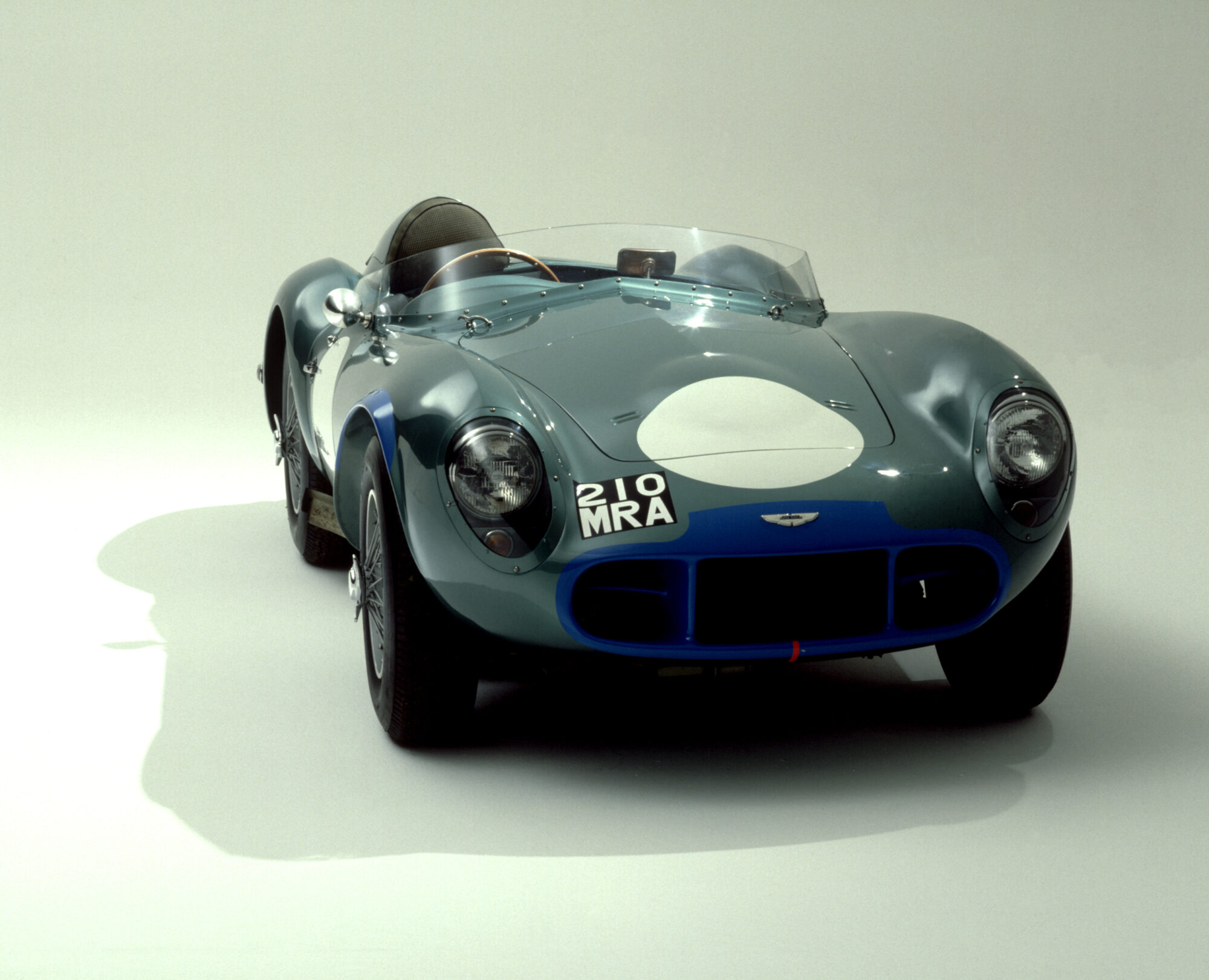Five open examples were built in 1953. Numbers six and seven, in 1954, had coupe bodies, chasing Le Mans straight-line speed, but making these cars over-sensitive to cross winds and difficult to drive. But there would be several other body variations, including an aerodynamic head fairing for this car, DB3S/9.
They built eleven team cars in total, plus customer cars from 1954. Three team cars raced in 1953 but none finished the first 100mph 24 Hours; all five team cars failed to finish in 1954. The single survivor of four took second overall in 1955 Peter Collins and Paul Frère; and Collins with Stirling Moss took second again in 1956 in this car, while the other 1956 car was yet another DNF. A single private entry took 11th in 1957 and the DB3S’s final Le Mans appearance in 1958 netted another second overall for Peter and Graham Whitehead.


